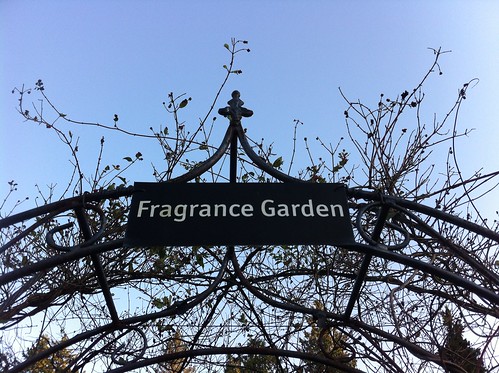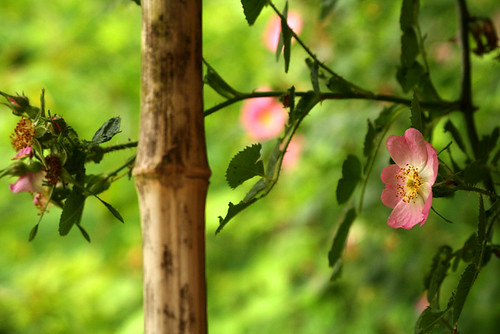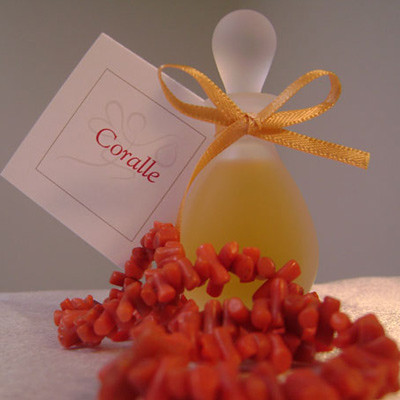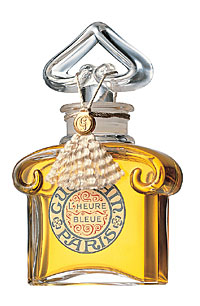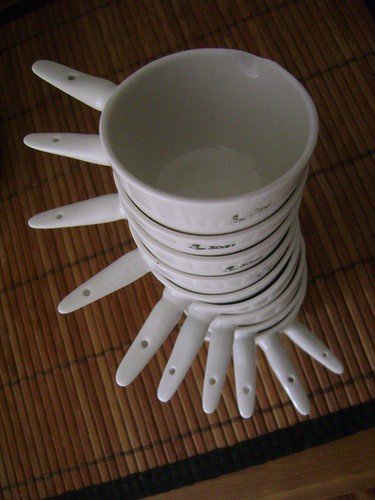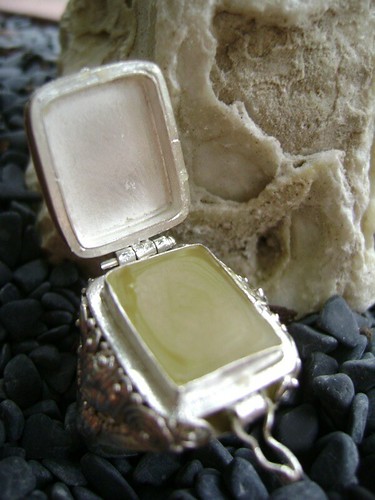Perfume School Updates: Fall Courses + Private Lessons + New Book Pre-Order
A wonderful week of Oriental Perfumes Studies took place this past month (May 26-30, 2014). Students from around the world participated and thoroughly enjoyed themselves!
We began by learning how to make incense - the most ancient form of perfume (we made traditional Indian-style incense cones), then proceeded to learn about the history of the spice trails, discovery of distillation methods, and how the ancient traditions of incense and attars from India, Egypt and Arabia influenced the art of French perfumery at the turn of the century. We studied vintage classics such as Shalimar, Emeraude, Tabu, Youth Dew and Opium. and learned to make our own amber bases, accords, and then build a fully-developed Ambery Oriental perfume and Spicy Oriental perfume. It was fun and another one of the week’s highlight was a trip to a Chinatown to immerse in the aesthetics of authentic classic Chinese garden and its fragrant plant, and learn how to translate a concept or an inspiration into a beautiful perfume with unique structure.
Now it’s time to plan the next term in my perfume school, coming up this fall, with two courses at the end of September and beginning of October: Chypres week (September 22-27, 2014) and Leather/Tobacco Week (September 29 - October 3, 2014). Early Bird rates (20% off) are in effect till June 22nd. If you're a new student, please apply by emailing me with a CV and a coverletter.
We began by learning how to make incense - the most ancient form of perfume (we made traditional Indian-style incense cones), then proceeded to learn about the history of the spice trails, discovery of distillation methods, and how the ancient traditions of incense and attars from India, Egypt and Arabia influenced the art of French perfumery at the turn of the century. We studied vintage classics such as Shalimar, Emeraude, Tabu, Youth Dew and Opium. and learned to make our own amber bases, accords, and then build a fully-developed Ambery Oriental perfume and Spicy Oriental perfume. It was fun and another one of the week’s highlight was a trip to a Chinatown to immerse in the aesthetics of authentic classic Chinese garden and its fragrant plant, and learn how to translate a concept or an inspiration into a beautiful perfume with unique structure.
Now it’s time to plan the next term in my perfume school, coming up this fall, with two courses at the end of September and beginning of October: Chypres week (September 22-27, 2014) and Leather/Tobacco Week (September 29 - October 3, 2014). Early Bird rates (20% off) are in effect till June 22nd. If you're a new student, please apply by emailing me with a CV and a coverletter.
Correspondence Course, Private Lessons & New Book!
If you were not able to attend in person, you can sign up for my correspondence course which includes the Foundation of Natural Perfumery Book plus 5 one hour sessions with me via phone/Skype. I also offer private sessions - either in person at my studio, or via phone/Skype for $200/hr - perfect for students who live remotely and need to brush up on certain lab skills, techniques or want to get personal feedback for their work. The 2014 edition of the Foundations of Natural Perfumery Book is now available for pre-order, and will be completed late summer/early fall. Pre-orders are helping me greatly in setting off some of the printing and graphic re-design costs, as this will be self published. We are printing it here in Vancouver; and also will be offering an electronic edition online later this year.Here's what one of my private students had to say about her lesson this spring:
"Thanks for an amazing, special day and I learned so much. I can't believe how much we covered and yet I want to meet with you tomorrow, the next day, and the next! I love the blend and it brings back wonderful memories of the beach".
- Elizabeth Michaels
Aromatherapis & Reiki Healer
Bellevue, Washington, US
And here are a few more testimonials for your amusement - from all four students who attended the Oriental Week this past May:
"Thank you for the wonderful Oriental Perfumes Study that I attended with you in Vancouver. The entire experience was an amazing one – falling in love with the city itself, the ambience of the workshop that we were in – making it feel like home and a cherished place, all the vital information that you lavishly shared with us and the insight that you managed to give us into the magical world of natural perfume blending…it all sums up to a remarkable experience that I hope I will repeat very soon".
- Mohammad Khalaf
EmmKay Beaute
Toronto, Ontario
"Studying under Ayala far exceeded my expectations. I entered the program with no previous blending knowledge or hands-on experience with raw materials, and left with the confidence to further pursue my intrigue back home. While I'll continue to blend on my own, I'm really looking forward to next season's session."
- Kacey Ivey
Nashville, Tennessee
"I learned about Ayala and her work through Twitter, and in my nascent attempts to compose fragrances for my homemade soaps, she provided helpful advice and input. Later, I was fortunate to have the opportunity to attend her week-long perfumery course on the fougère family of fragrances. Although the emphasis of study was fougères, we students also learned a lot of fundamentals of perfumery, including getting to know various essences and composing perfumes. I particularly enjoyed the blind scent tests at the beginning of each class.
Ayala is a very supportive teacher, and having her immediate feedback was invaluable, since there is no substitute for a well-trained nose. One can learn a lot of things from books and the internet (including Ayala's course book), but there is currently no technology that allows us to smell things from a distance. I am very pleased with my experience attending the course, and I hope to return someday to learn about the other fragrance families".
- Schuyler Corry
Chemist / Soapmaker
Open Source Soap
Eugene, Oregon, USA
"Thanks again for an extraordinary week!"
- Elizabeth Michaels
Aromatherapis & Reiki Healer
Bellevue, Washington, US



